What are the differences between IPv4 and IPv6?
IP address stands for Internet Protocol address, which is a series of regular numbers assigned to each device that is connected a network. An IP is a unique identification number used to establish a network connection that identifies different devices. Even if there are two or three computers that are supposed to form a network and communicate with each other, each of them needs to have a unique identification number. If the number of these computers increased and they spread to different parts of the world, we would have an international network like the Internet instead of an internal network.
It is also necessary to have an IP address to communicate on the Internet. Data transmission and packet transfer from one device to another via the Internet is done via IP, and without IP addresses, computers will not be able to communicate and send data to each other.
IP is generally known in both version 4 (IPv4) and version 6 (IPv6), which we will describe their features and differences in the following.
IPv4
IPv4 is the underlying technology for connecting a variety of devices to the web. When a device connects to the Internet (whether a PC, Mac, smartphone, or other device), a unique IP address is assigned to that device. Initially, when defining web network standards, 32-bit numbers were used to create IP numbers, which is the IPv4 or Internet Protocol version. In this version, which is still in use, a combination of 32-bit numbers is eventually used up to 4 3.3 billion (4,294,967,296) private addresses can be created.
IPv6
IPv6 is the sixth version of the Internet Protocol and the successor to IPv4. IPv6 works similarly to IPv4, providing a unique IP address for devices running on the Internet to communicate. However, there is a major difference between the two.
Due to the 32-bit IP of version 4, IPv4 can cover 2^32 or 4.29 billion IPs. At the beginning of the Internet, 4.3 billion IP addresses were a number that was not expected to reach its full potential, but over time, with the expansion of web-based activities and the need to connect different devices to the Internet, research on a new generation of IP Began. This research work was later presented in the form of version 5, which was only experimental, but with the advent of version 6 of IP, the limitation problem was solved almost forever, because in this series of IPs, numbers are based on 128 bits, which results are remarkable.
The transition from IPv4 to IPv6 is in many ways hidden from users and is done by communication companies and servers. Most operating systems also support IPv6, but IPv6 is still in its infancy and has security flaws and bugs. It can lead to a huge mess in the web world. No one is sure how much this transfer will cost or how long it will take. But overall, migrating from IP-4s to IP-6s can guarantee the future of the Web.


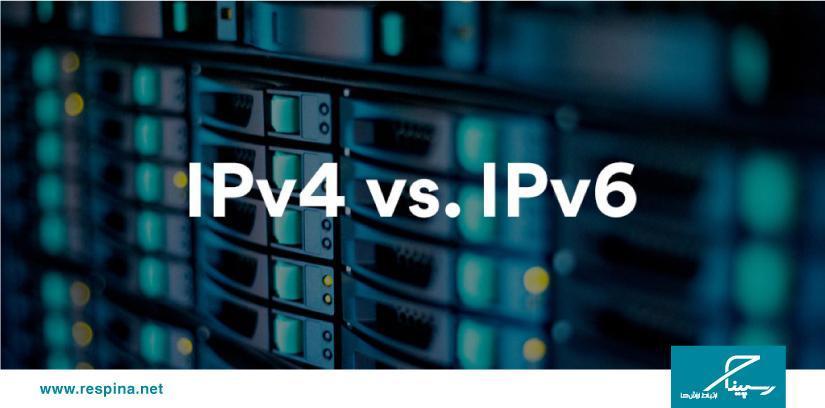
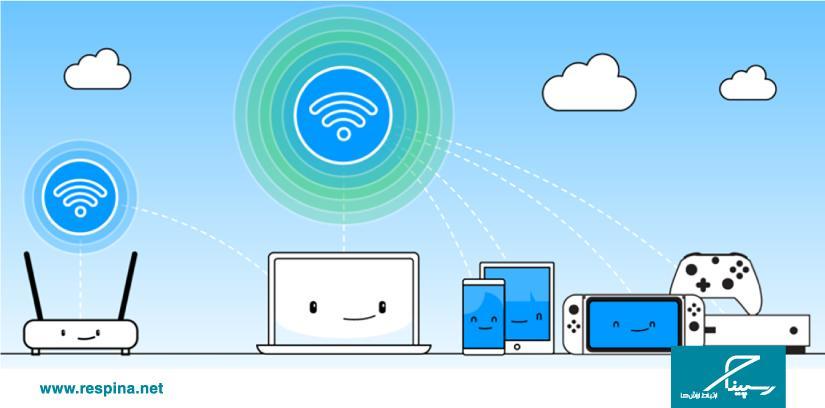
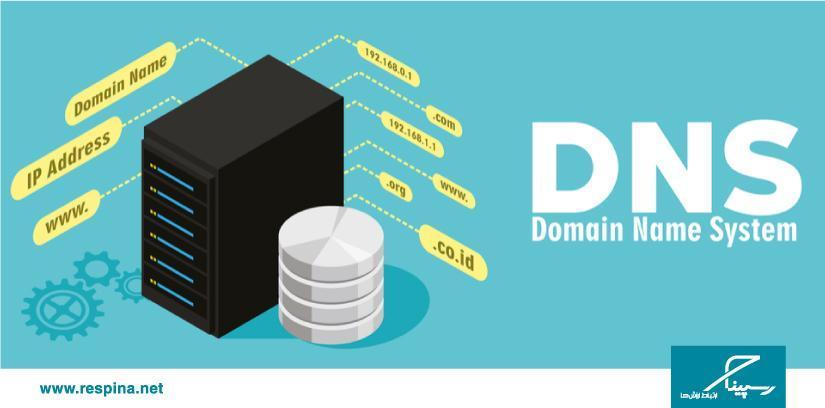
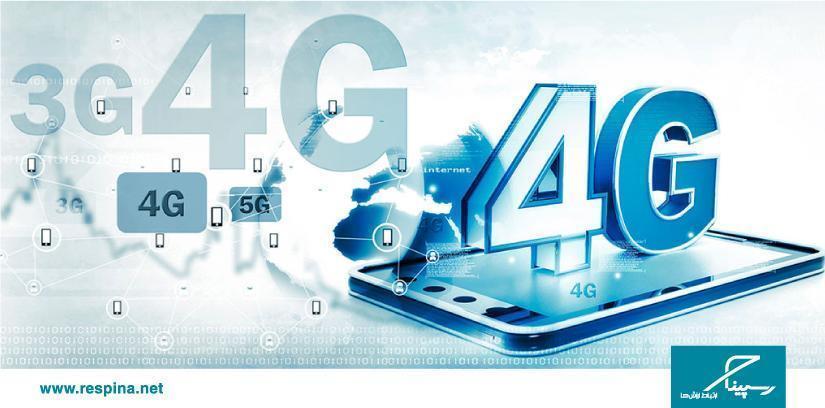
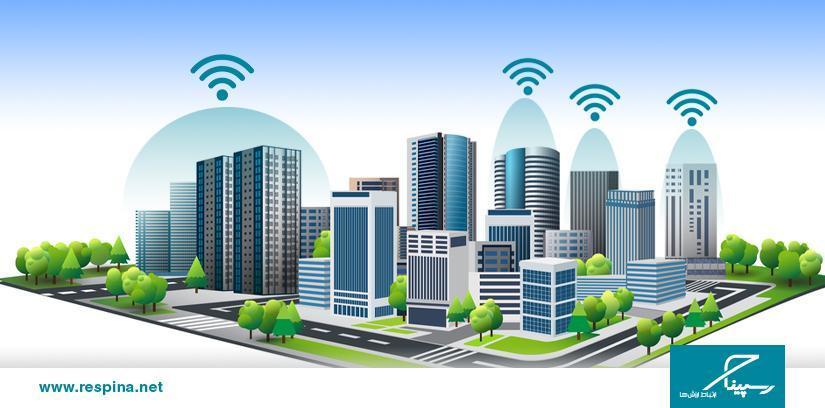


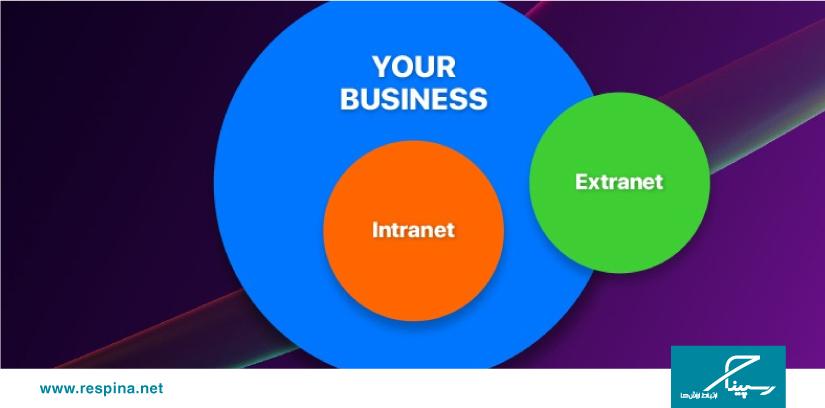

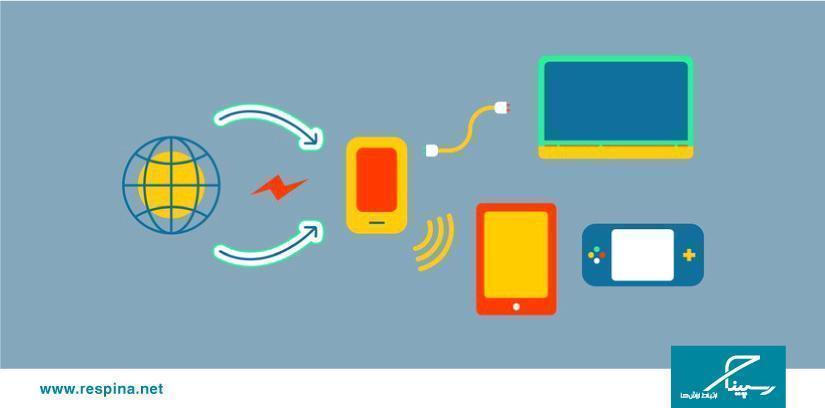
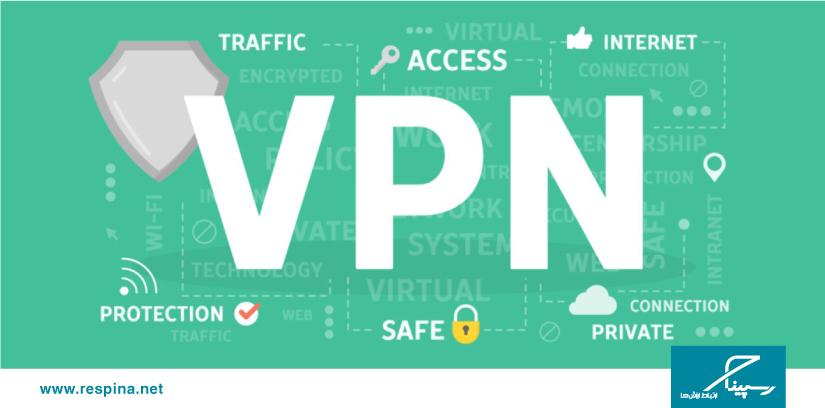

دیدگاهتان را بنویسید
برای نوشتن دیدگاه باید وارد بشوید.